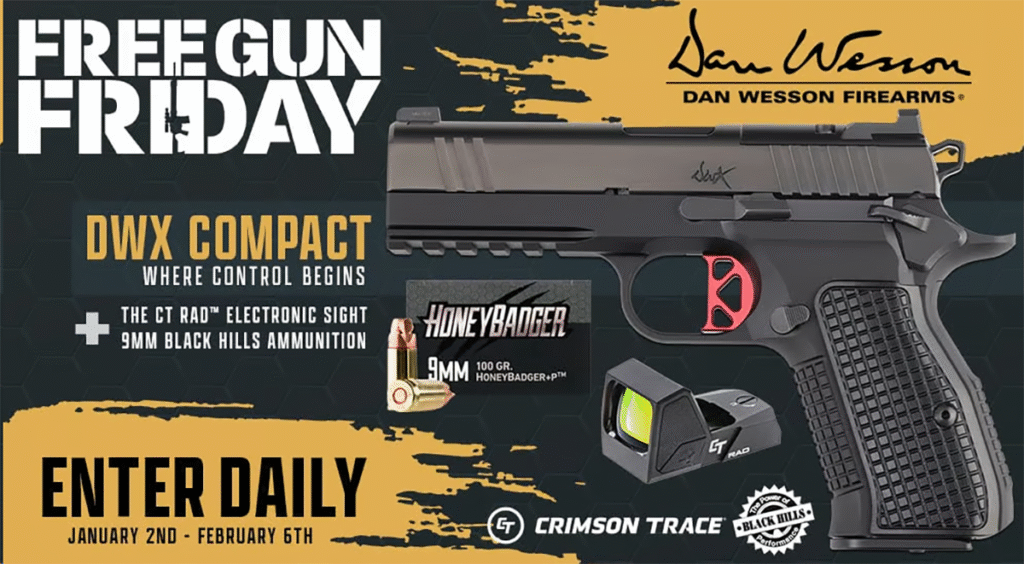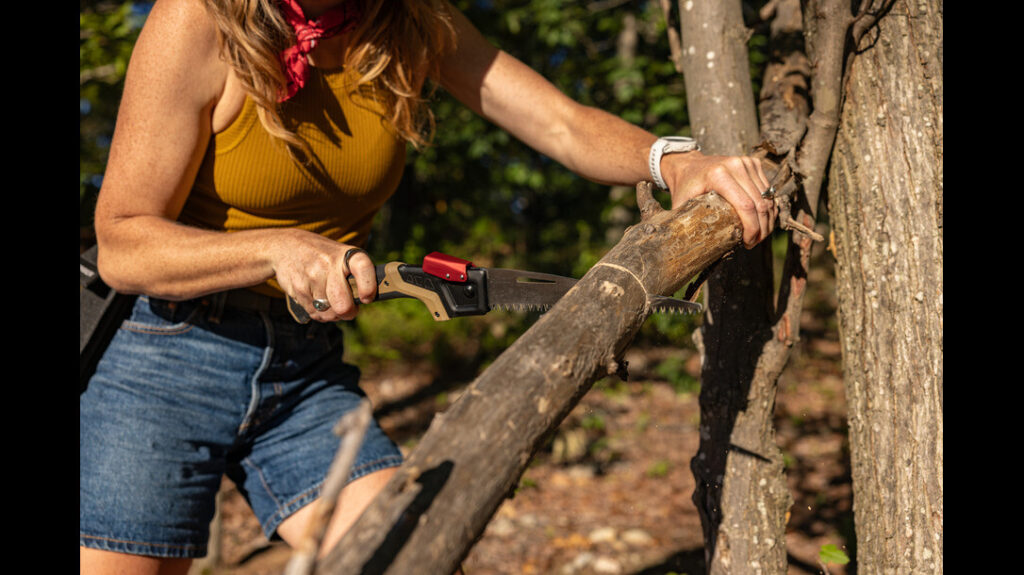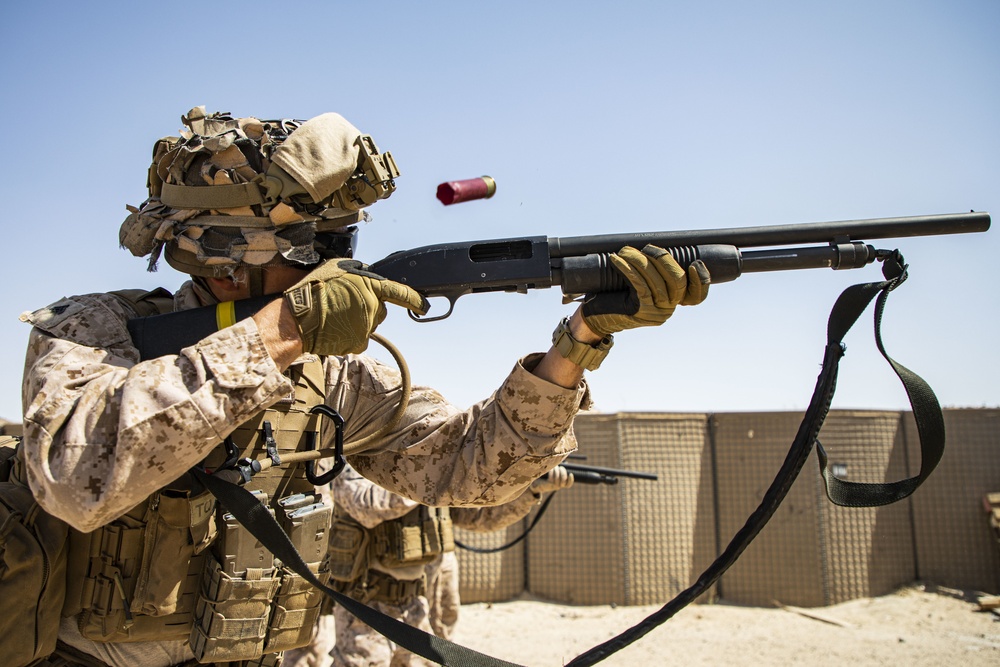Tackle box guns are just one of those genres the firearms community kind of made up. As far as I know, no company has ever advertised their guns as tackle box guns, but amongst fishers, especially freshwater fishermen, they have long been a handy tool. Tackle box guns were much bigger in the 1950s, 60s, and 70s, especially in the southeastern United States. While they were popular in the day, my father-in-law still carries a tackle box gun, and so do a good many of the old-school fishers in our area.
Back in the day, the tackle box gun was typically a cheap revolver. In the post-war age, there was a big boom of gunmakers making cheap revolvers. These were guns from Iver Johnson and H&R famously. They were cheap and typically fired small caliber rounds. This includes the .22LR and the various .32 centerfire cartridges. They could be single or double-action. These revolvers occasionally had fixed cylinders, but swing-out and removable cylinders weren’t uncommon.
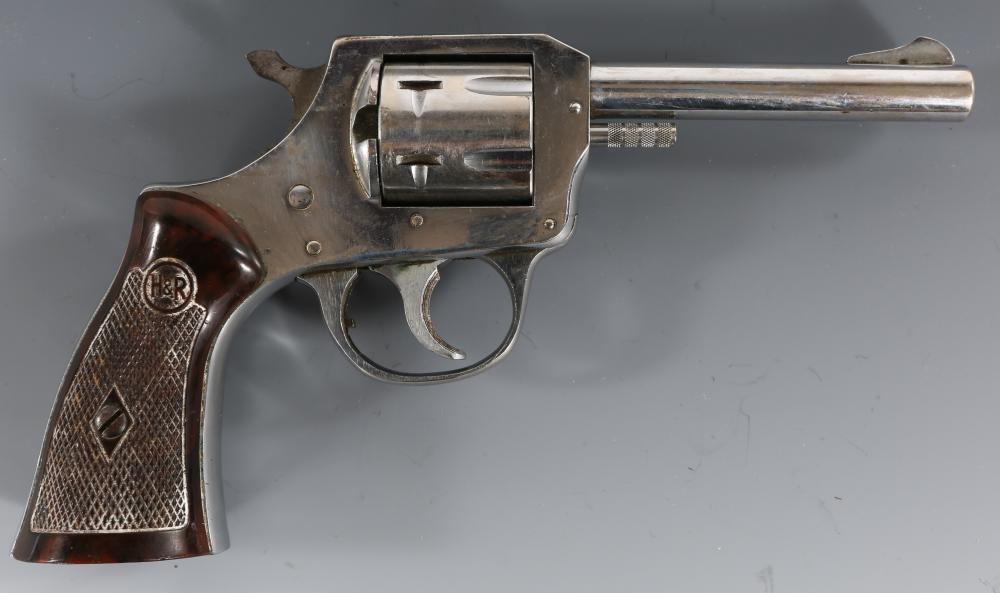
Advertisement — Continue Reading Below
They were guns you could toss into your tackle box and not feel too bad about rusting or forgetting about. Hell, they were cheap enough that if they accidentally sunk to the bottom of a river, no one would care.
Why Did Tackle Box Guns Exist?
The most obvious answer is to deal with vicious fish. You never know when a fish will pull a knife and mug you on your bass. Stay strapped or get finned. We also have the Vermont fish hunting season I wrote about recently, which seems like a good reason to pack a piece of heat.
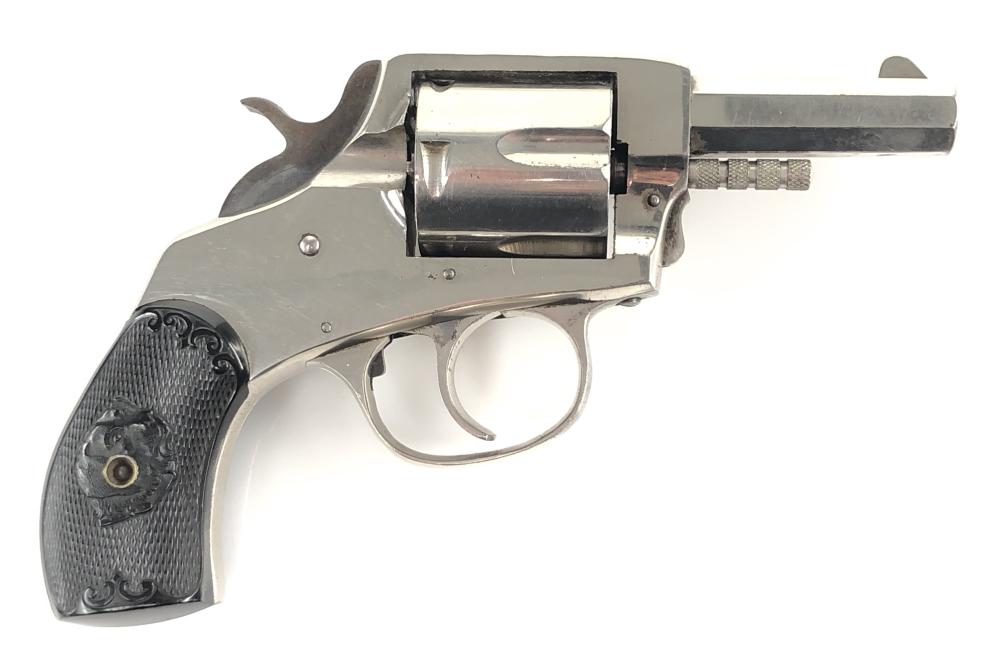
Advertisement — Continue Reading Below
In reality, the guys I know who carry tackle box guns see them more as utilitarian tools. They are used to kill moccasins, which are aggressive, venomous snakes, and it’s often seen as community service to kill one when seen.
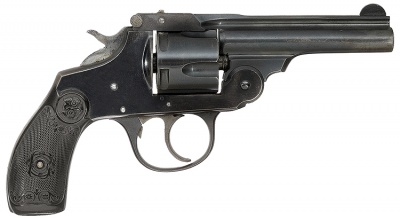
There is also the typical self-defense role. You never know who you might come across on the deep, dark rivers and swamps of Florida. It’s not like help is anywhere close in this situation. Having a weapon to defend yourself is a good idea. Be it from people, feral dogs, coyotes, rabid animals, or whatever else you may encounter.
Advertisement — Continue Reading Below
These little guns often sat untouched in the bottom of tackle boxes for years at a time. It’s rarely used but always handy to have. The best defensive pistol is one that is rarely used.
The Modern Tackle Box Gun
So, what does the modern tackle box gun look like? H&R and Iver Johnson aren’t producing these guns anymore, so what do we have on the docket? I did a little thinking and a little research, and I’ve come up with three modern examples that fit the bill.
Heritage Barkeep
The Barkeep meets all the classic requirements. It’s a revolver, it has fixed sights, chambers the .22LR, and it’s cheap! Plus, the Barkeep is rather small with its 2-inch barrel. The gun isn’t fancy, but it has all the modern safety features a six-gun should have. It’s plenty light, and a .22 WMR cylinder can be dropped in for an oomph in power and velocity.
Advertisement — Continue Reading Below

Altor Single Shot Pistol
The Altor Single Shot Pistol is an odd choice, but it also works well in this role. The gun comes in either 9mm or .380 ACP. It’s absurdly simple and works as what is basically a modern Liberator. This single-shot pistol only has a few parts and is made primarily from polymer and stainless steel. It’s affordable and rust-resistant. The 9mm loading allows you to shoot solid projectiles and big, hefty doses of rat shot. I carry this on my kayak.
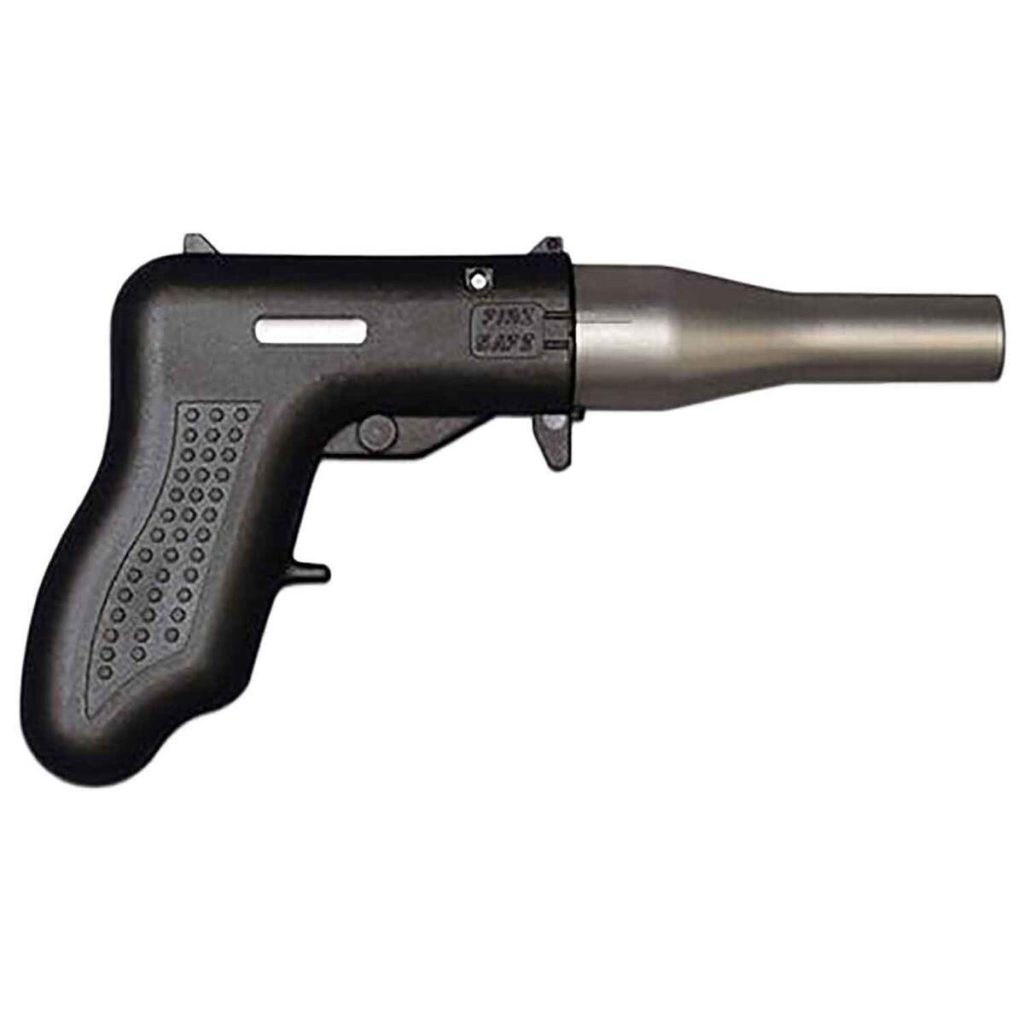
Advertisement — Continue Reading Below
KelTec P17
Tackle box guns used to be revolvers, but these days, automatics are cheaper than revolvers. The KelTec P17 is remarkably affordable and very simple. It won’t blow you away, but the 17 rounds of 22LR certainly pack a punch. The gun is remarkably small for its magazine capacity, and it’s also super light and fairly small all around. The P17 costs less than 250 bucks, making it a great option for a tackle box gun.
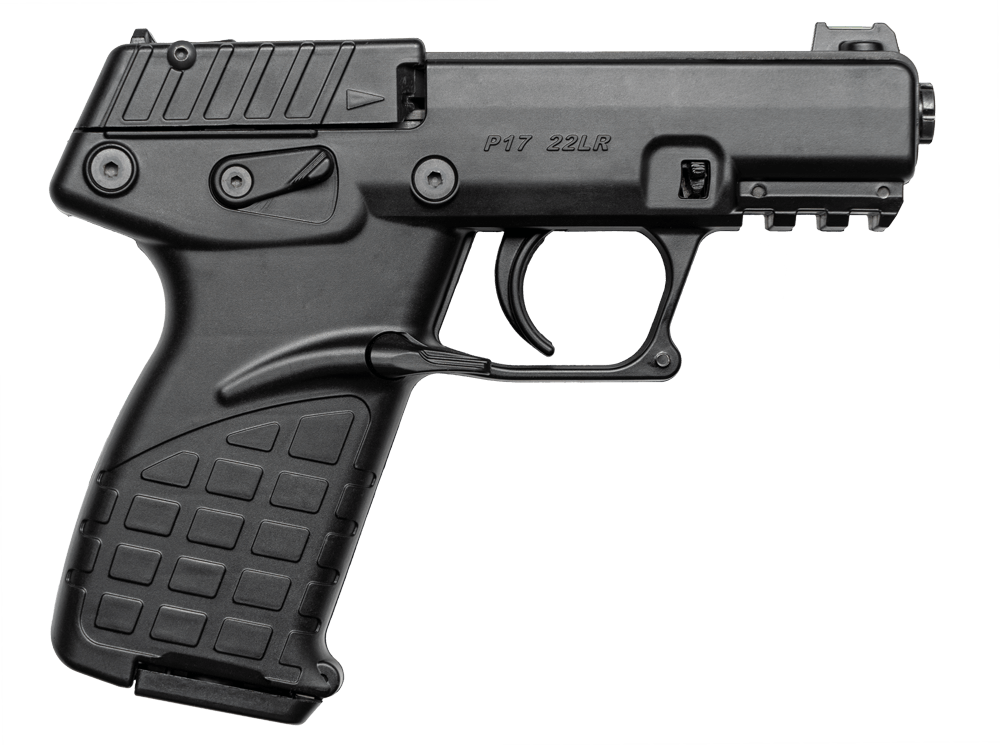
Let’s Go Fishing
Stay strapped or get finned, boys. In the modern era of concealed carry, the tackle box has pretty much faded away to the gun I’m already carrying every day anyway. That’s the real truth of the situation. However, it’s a fun piece of firearm history and an early example of concealed carry in the modern era.
Advertisement — Continue Reading Below

